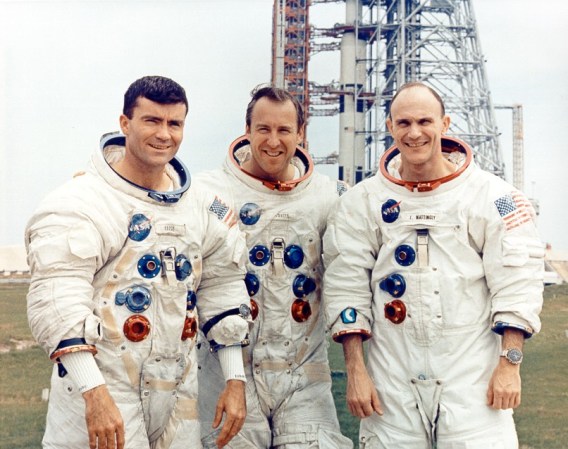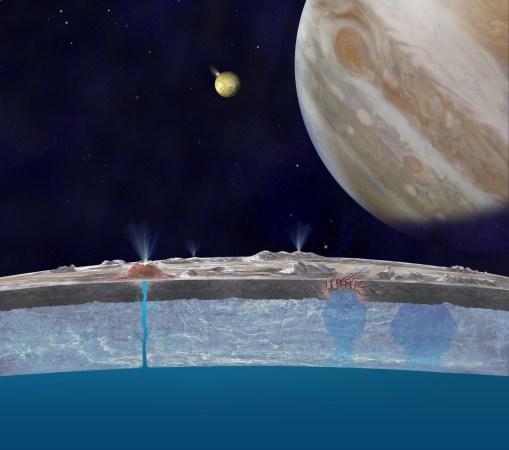

North of Los Angeles and north of the San Bernardino mountains is the Mojave Desert, home to scorchingly hot days, bone chillingly cold nights, jack rabbits and coyotes. In the early 1900s, humans arrived. The Corum family set up alfalfa and turkey farms, and when more settlers arrived they leased land to other homesteaders, set up a general store, and a post office. But the U.S. Postal Service denied the Corums’ request to give the desert town their name; there was already a town called Coram in California and there would certainly be confusion between the two. So the Corums reversed the spelling of their name and the town of Muroc was born.
In 1933, the military arrived in Muroc. Army Air Force Lieutenant Colonel Henry “Hap” Arnold saw the dry lakebeds dotting the area as the perfect natural bombing range. Particularly Rogers dry lakebed. Rogers is a 44-square-mile pluvial lake whose parched clay and silt surface renews every year in a cycle of rainwater and desert winds leaving it smooth and as hard as glass. It was, in essence, a natural runway in a region with reliably clear skies. In 1933, Arnold established the Muroc Bombing and Gunnery Range as a continental training site for the Army Air Corps’ bombers and fighters. It became a permanent site during the Second World War, giving the Army Air Force a second place to develop and test its aircraft.
In 1949, Muroc was renamed Edwards Air Force Base and the National Advisory Committee for Aeronautics arrived. The Muroc Flight Test Unit was a satellite site of the NACA run by the Langley Laboratory in Virginia lent its expertise in flight testing and aerodynamics to the Air Force, running test programs and flying experimental aircraft. But the NACA contingent was a parasite of the Air Force, borrowing everything from power and personnel. Two years later, it was clear from the increasing number of research programs flying out of Edwards that the NACA’s presence in the desert wasn’t temporary. In 1951, Congress allocated funding to transform the desert site into a new, standalone research centre in its own right. Three years later on July 1, 1954, the Muroc Flight Test Unit was renamed the High Speed Flight Station and separated from the Langley Memorial Laboratory.
It was here that the Bell X-1 broke the sound barrier, that the X-15 set the speed record for manned flight at Mach 6.7, and that all kinds of experimental aircraft and flying systems that ultimately fed into early spaceflight programs were put through their paces. The site was named for the NACA’s first and only Director Hugh Dryden in 1976, and again for Neil Armstrong in 2014.















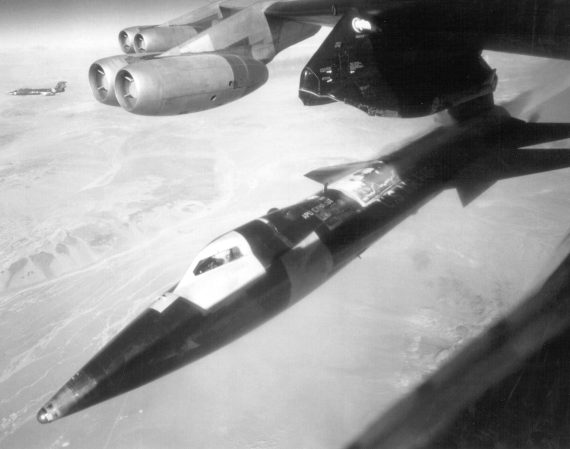
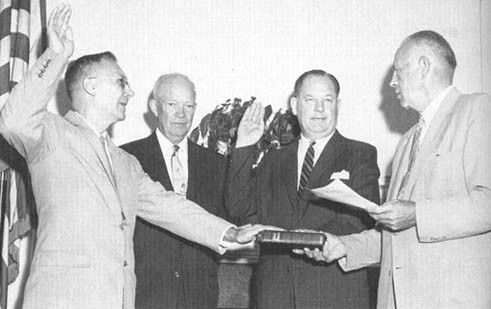



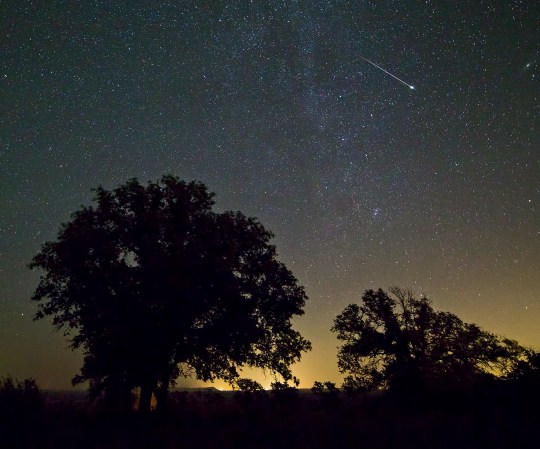
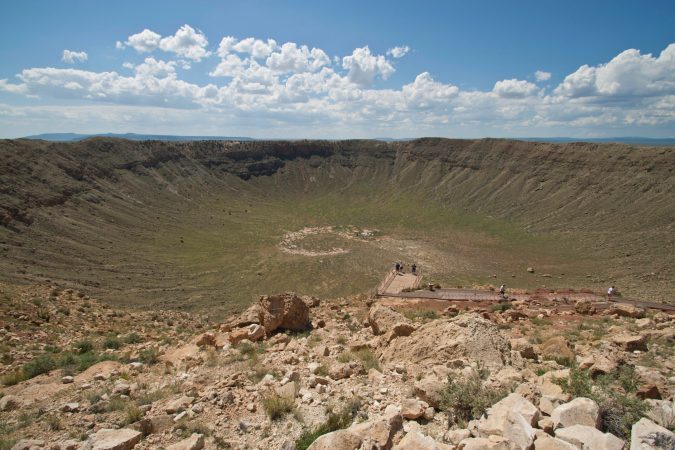
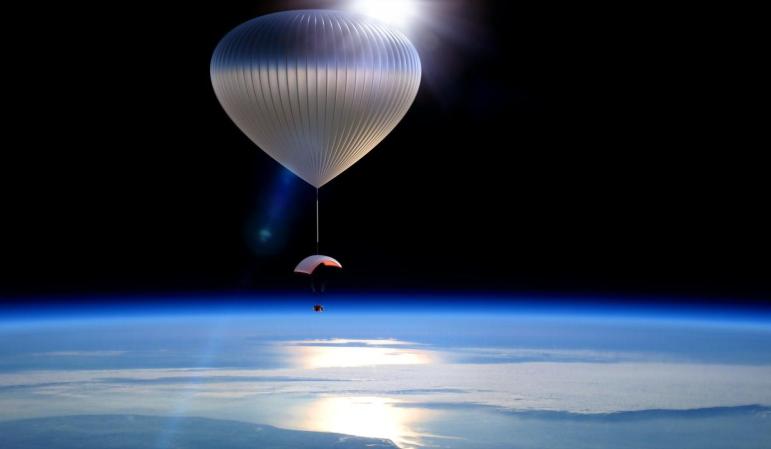

![Science Has Now Created Square Ice [Video]](https://www.popsci.com/wp-content/uploads/2019/03/18/MXJB5ZWEASBNLCAKMMIZO63HAQ.png?w=657)

